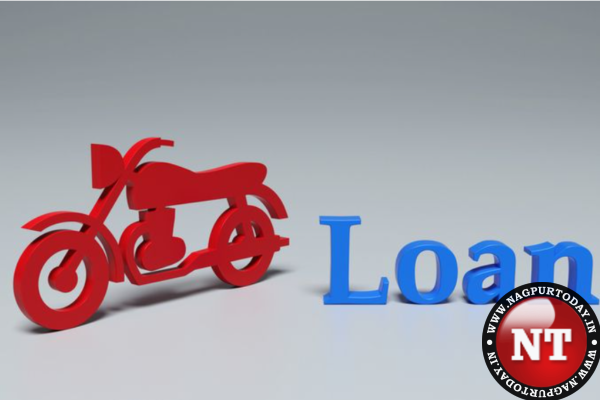
The Basics of Two-Wheeler Loans
Before we dive into the specifics, let’s establish a fundamental understanding of two-wheeler loans. These loans, often referred to as bike loans, are financial products designed to provide individuals with the necessary funds to purchase a motorcycle or scooter. They typically come with competitive interest rates and flexible repayment options, making them an accessible means to own your preferred two-wheeler.
Required Documentation for a Two-Wheeler Loan
To apply for a two-wheeler loan, you’ll need to furnish certain documents to support your application. Here’s a breakdown of the essential documents:
- Proof of Identity: This can be any government-issued ID like Aadhar card, passport, driver’s license, or PAN card.
- Proof of Address: Provide documents such as utility bills, rental agreements, or voter ID cards as proof of your residential address.
- Proof of Income: Lenders will require evidence of your income, which can be in the form of salary slips, income tax returns, or bank statements.
- Passport-Size Photographs: Typically, you’ll need a few passport-sized photos for documentation and identification purposes.
These documents establish your identity, address, income, and employment status, helping lenders assess your eligibility for a two-wheeler loan.
Eligibility Criteria for Two-Wheeler Loans
Meeting the eligibility criteria is crucial for securing a two-wheeler loan. The specific criteria may vary among lenders, but here are the common requirements:
- Age: You should be at least 18 years old to apply for a two-wheeler loan. Some lenders may require you to be 21 or older.
- Income: Lenders evaluate your income to ensure you can comfortably repay the loan. A stable income source is essential.
- Employment Stability: Salaried individuals typically need to have a minimum of one year of employment, while self-employed applicants should demonstrate a stable business or income source for at least one year.
- Credit Score: Your credit score is a significant factor in loan approval. A higher credit score often leads to more favorable terms. A good credit score is usually considered 750 or above.
- Residential Stability: Lenders may require you to have a stable residential address.
Meeting these eligibility criteria is essential for a successful two-wheeler loan application. It’s important to review the specific criteria of the lender you choose to ensure that you meet all their requirements.
Top 10 Factors to Consider Before Acquiring a Bike Loan
Before you commit to a two-wheeler loan, consider these ten important factors to make an informed decision:
- Interest Rate: Compare bike loan interest rates from different lenders. A lower interest rate can significantly reduce the overall cost of the loan.
- Loan Amount: Determine the loan amount you need, including the cost of the two-wheeler, insurance, and registration fees.
- Repayment Tenure: Select a repayment tenure that aligns with your financial capabilities. Longer tenures may have lower EMIs but could result in higher interest costs.
- Loan Processing Fees: Be aware of any processing fees associated with the loan. These fees can vary among lenders and add to the overall cost.
- EMI Affordability: Use a bike loan EMI calculator to estimate your monthly installments and ensure they fit comfortably within your budget.
- Credit Score Improvement: If your credit score is low, consider taking steps to improve it before applying for the loan. A higher credit score can lead to better loan terms.
- Down Payment: Determine the down payment you can afford. A larger down payment can reduce the loan amount and EMIs.
- Loan-to-Value Ratio: Understand the loan-to-value (LTV) ratio, which represents the loan amount as a percentage of the two-wheeler’s value. Lenders often have specific LTV limits.
- Prepayment and Foreclosure Terms: Review the lender’s policy on prepayment and foreclosure. Some loans may have penalties for early repayment.
- Loan Insurance: Consider taking a loan insurance policy to cover outstanding loan amounts in case of unforeseen events.
Conclusion
Securing a two-wheeler loan can be a smooth and straightforward process when you’re well-prepared. Understanding the documentation requirements, meeting the eligibility criteria, and considering the key factors mentioned in this guide will empower you to make an informed decision. Whether you’re eyeing a motorcycle or a scooter, taking the time to research, plan, and assess your financial situation will help you ride into the world of two-wheelers with confidence. So, get ready to hit the road on your dream ride!
















